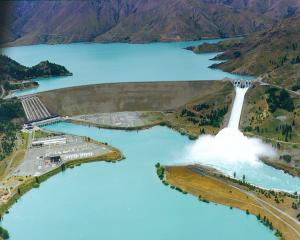An international team will undertake a research project on the Waitaki River which may identify ways to control didymo in rivers.
For eight to 12 weeks from early October, it will be based on the Otiake River, which feeds the Waitaki River.
The team will be researching why it is that didymo is inhibited or does not become established in spring-fed streams and rivers.
Using an experimental, trailer-mounted flume system developed in Canada and being built in New Zealand, the team will conduct two experiments, the first to demonstrate there is a factor in spring water which inhibits didymo and the second to try to identify it.
The team is being led by Environment Canada research scientist Prof Max Bothwell, who has already been involved in an international group which gave advice to Biosecurity NZ on the invasion of didymo in New Zealand.
The research project is being funded and supported by the National Institute of Water and Atmospheric Research (Niwa), Environment Canada and Fish and Game New Zealand.
Niwa freshwater ecologist Cathy Kilroy said there was likely to be widespread interest in the results.
The project could identify waterways naturally resistant to didymo and factors in spring water which reduced the invasive algae's survival.
That could lead to methods for reducing didymo in other waterways, Ms Kilroy said.
The site chosen on the Waitaki River is close to where didymo was first found in January, 2006.
Shortly after that, it spread thickly through the Waitaki River.
It has been noticed that didymo did not become well-established in braids with spring-fed water and was virtually absent in adjacent spring-fed streams and rivers feeding into the Waitaki River.











